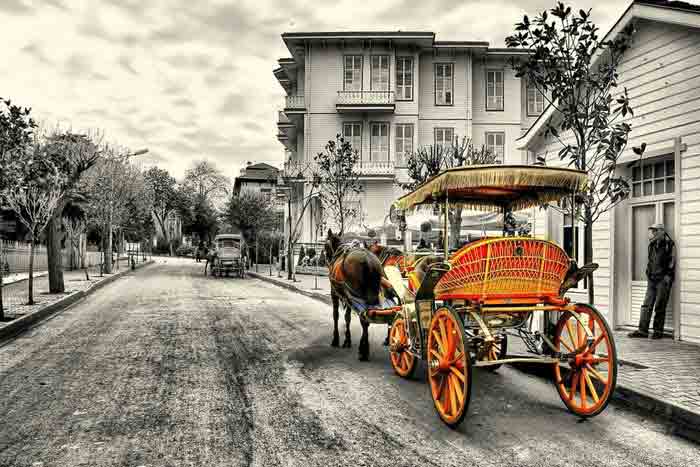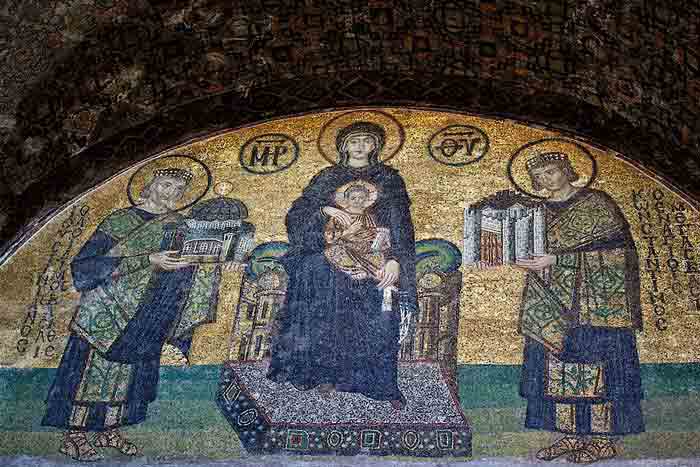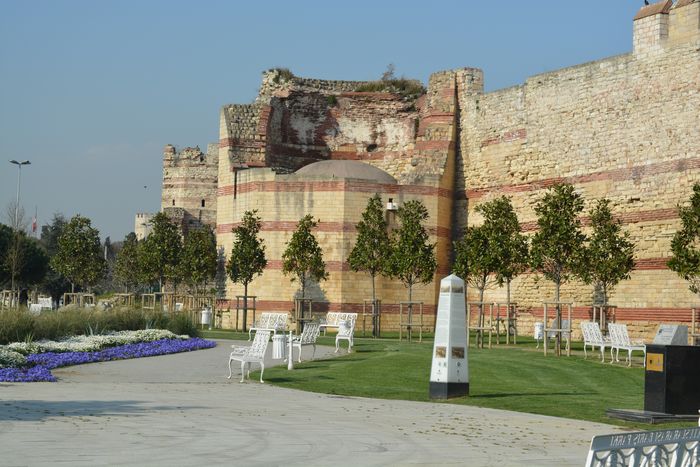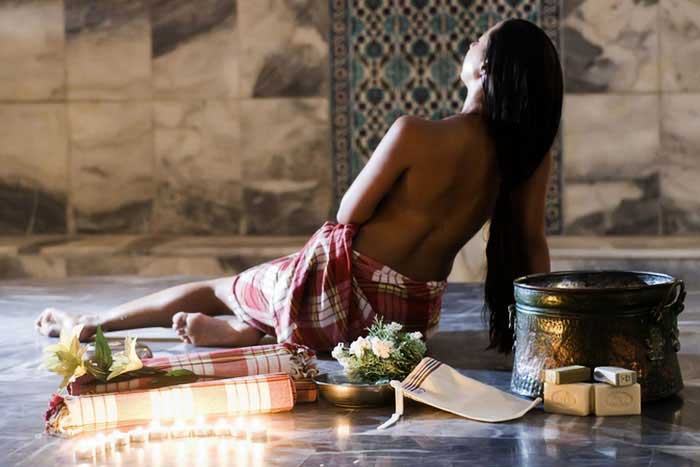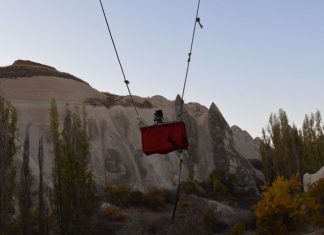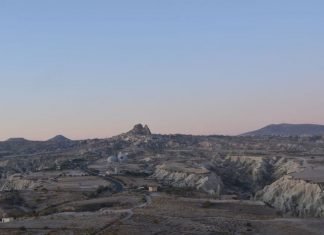Turkish Tea
A sip of tea from tulip shape glass
A visit to Turkey, to Istanbul (for personal Istanbul tours) suggests together with going sightseeing, to get familiar...
Private Istanbul Tour
Private Istanbul tour around Istanbul
We made IstanbulDay for the individual tourists who like to have private Istanbul tour. The private tours, especially designed for...
Fish Bread
Customized Tour Istanbul – Fish in the Bread, what an attractive couple
The attractive couple, Fish and Bread, just like Bosphorus is the symbol of...
Istanbul Walking Tour
Istanbul walking tour
‘Out beyond ideasof wrongdoing and rightdoing,there is a field.I’ll meet you there.’Jelaluddin Rumi, 13th century
Byzantium, Constantinople, Stamboul are all different names of...
Customized Private Istanbul Tour
Private tour Istanbul, Hagia Sophia – a symbol of tolerance and harmony Private tour Istanbul can help get an answer of if it is...
Guided Istanbul Tour Dervishes
Contact us and become part of the experience called Istanbul. Especially guided Istanbul tour dervishes experience. This is the place which likes to introduce Mevlana,...
Hagia Sophia
Built at the command of Emperor Justinian in the years 532 to 537, Hagia Sophia was first constructed as a church. Then it became...
Turkish Bath
Treat your skin with the delights of the oriental spa centre
Tour Guide Istanbul –customized Istanbul city tour and the joy of hamam.
“Whoever goes to...


